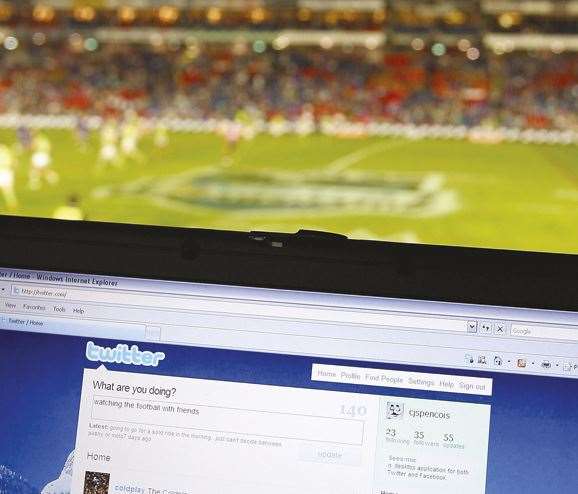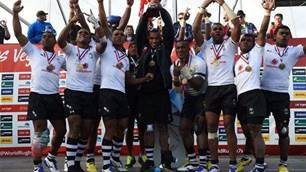If often seems that the only reason social media exists is to grouse about sports. But is all that noise adding up to something?
Mark it down that a mid-week night in late June turned out to be perhaps the greatest Twitter night in Australian history. In one of those perfect-storm situations, the lead-in to State Of Origin II overlapped with the Labor leadership spill. Big events in and of themselves, the coincidence of the two turned the social media echo into a boom – one large enough that all the hashtags became an element of the story.

Twitter has only been around for seven years, so there’s not a whole lot of history to hold it up to. (The folks at the SportsGeek website published a neat list of pre-Twitter sporting events that would’ve been made for this trending age, with the Tyson-Holyfield ear bite and OJ in the white Bronco at the top.) The presence of social media in sport has become so ubiquitous that it’s hard to imagine the game without it. Hypothetically, what do you think would cause greater reaction these days: a ban on alcohol at the stadium, or a ban on mobile phones?
The powers-that-be in sports have seemingly been won over, willing to venture the occasional star athlete rant or even a Cricket Australia “decision sucked ass”-type incident for the benefits that social media can bring. But much like the early days of the web, trying to figure what all that buzz is worth is, in the lingo of the status update, complicated.
It turns out that the value of social media rests on an age-old instinct – you’ll usually trust an item of news passed on by your neighbour more than you would from a better-informed stranger. In the sports context, this kind of trust may be found in a fellow fan, or even a player. “Research says that positive sentiment from a consumer drives a better response,” says Garth Farrar, global head of digital for Repucom, an Australian firm that’s become an industry leader in sports sponsorship evaluation.
Repucom’s early work centred on the value of signage on the field – now, it looks at the value of a tweet. “We’re able to pick up positive or negative sentiment within 99 percent accuracy and put a different weighting on the type of tweet or mention it is – whether it’s a fan or a player versus a brand, because people may follow brands, but they don’t follow them in the same way they follow athletes,” Farrar says.
“Authenticity is the key to social media ... Sponsors want to be part of athletes with engaging Twitter and Facebook followings. The new rules of sponsorship are going to be around evaluating your following, not just your brand exposure – [your following] is your exposure.”
A couple of months ago, Farrar was involved in another sports-politics-social media maelstrom at FIFA’s Confederations Cup in Brazil. He was tasked with running a social media command centre for the world football body, and witnessed first-hand how the event was caught up in the swirl of protests around the country. “It wasn’t actually about FIFA,” he says. “One percent of the noise around the riots was about FIFA.”
It has become one of those known unknowns that organisers have to prepare for – a social media scandal might happen, you just don’t know where it’s going to come from. “You need to find out who your influencers are before the issues happen. Who is going to drive the most amount of negative influence through the social media landscape locally?
“Often it’s an ex-player or a commentator. But you also get these bloggers, and they’re getting huge numbers. You have football bloggers in the UK with three million-plus fans and they’ve never played football. They’ve built a following around producing great content. And I think there’s an opportunity there for the leagues and the clubs to find those influences and bring them part-in.”
Bottom line, every sport has an interest in cultivating the engagement of their fans. Interestingly, Repucom’s real-time measures of social media engagement have found that positive, rather than negative, events in sports drive engagement. Farrar notes that sporting bodies have caught onto the idea of conducting their customer relationships through social media: not just conversation, but commerce, such as being able to handle ticketing and member services. There is work to be done: “The big thing is at the game. I’ve noticed in Australia they don’t have Wi-Fi in the stadiums. Big, huge issue.”
− Jeff Centenera
- Photo: Getty Images
Related Articles

Will our Olympians bounce back at this year's Games?

Ella Nelson has already beaten a few of world's best













